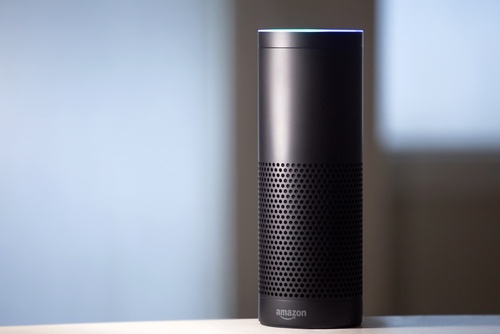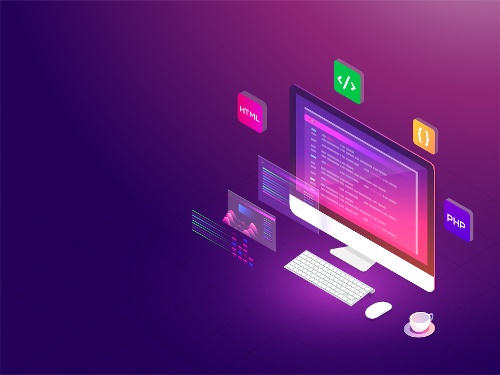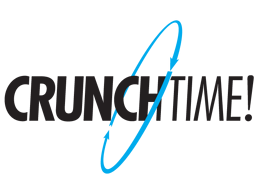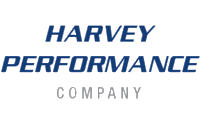 Few technological innovations have been both hyped and misunderstood as much as the internet of things (IoT). For many consumers, the scope of IoT begins and ends with smart-home systems that can monitor security cameras and control lights, locks, sprinklers, air conditioners, and other devices from the homeowner’s smartphone. Certainly, smart-home technology is an IoT application that is easily grasped by the average consumer. But it’s only one example of a technology that has wide-ranging applications and use cases, from agriculture and forestry to climatology, biology, zoology, and more.
Few technological innovations have been both hyped and misunderstood as much as the internet of things (IoT). For many consumers, the scope of IoT begins and ends with smart-home systems that can monitor security cameras and control lights, locks, sprinklers, air conditioners, and other devices from the homeowner’s smartphone. Certainly, smart-home technology is an IoT application that is easily grasped by the average consumer. But it’s only one example of a technology that has wide-ranging applications and use cases, from agriculture and forestry to climatology, biology, zoology, and more.
Among the most exciting areas of IoT innovation is what has come to be called the industrial IoT (IIoT). IIoT includes a number of applications in manufacturing, logistics, inventory control, and other areas that can benefit from the increased information and automation that IoT can bring.
IIoT: A Brief History
Manufacturers have long known that the ability to obtain and analyze data about their operations can drive process efficiencies, identify and diagnose quality issues, and minimize equipment downtime. For many years, obtaining this data involved people walking around with log sheets and recording readings from gauges, dials, or (eventually) digital readouts. Although highly manual, the data collection was the easy part: The challenge lay in tabulating the data and analyzing it for trends. Often, conclusions drawn from the data were delivered too slowly to do any good; one could look at the data and determine why a particular piece of equipment failed, but it came too late to prevent the failure in the first place.
The advent of low-cost, accurate, reliable sensors that could automatically transmit data that could then be displayed and analyzed in real time changed all that. By looking at the right data streams in the right way, businesses can predict quality control issues and equipment problems before they happen. This monitoring ability saves businesses time and money, prevents extensive downtime and line stoppages, and avoids costly rework, warranty claims, and product recalls. And that’s to say nothing of eliminating the non-value-added time spent by people taking log readings or entering them into a computer manually.
What’s Happening Now
At first, IIoT projects were mainly designed and carried out by businesses with the goal of monitoring, improving, and automating their own processes. Lately, however—within the last year or two—we’ve seen a subtle shift in focus, from systems developed for in-house use to those developed for sale to others. Makers of equipment used in many fields, including manufacturing, healthcare, agriculture, food processing, transportation, and more, are adding sensors, actuators, and communications capabilities to their product offerings. Some are also adding cloud-based or on-premises monitoring services as well. These products and services offer their customers several advantages:
- With sensors built into the equipment, buyers don’t need to retrofit sensors onto existing devices. Such sensors can also monitor internal parameters that customers might not be able to access without an engineer’s intimate knowledge of the device.
- The ability of equipment to “phone home” to the supplier can mean fewer unnecessary service calls. These devices can also let customers know when routine maintenance is (or soon will be) needed, reducing equipment downtime and warranty service.
- With cloud-based monitoring, customers don’t need to invest in storage or computing hardware or build their own dashboards.
What’s Next for IIoT
Equipment monitoring, of course, is only part of the IIoT story. Many businesses have a need to go beyond monitoring individual pieces of equipment—they need a holistic view of their operations and of the products they are making or services they are providing. This means integrating information from many pieces of equipment, which may be produced by different suppliers. In certain types of manufacturing, monitoring of raw or in-process materials using metrics such as temperature, pressure, salinity, pH, and reagent concentration are highly important predictors of product quality and may have little to do with the manufacturing equipment. These data streams also need to be captured, summarized, presented, and correlated with data from equipment and systems.
Businesses therefore can be expected to demand greater integration of the IIoT offerings from different equipment suppliers, so they don’t have to go to different dashboards and possibly fail to “connect the dots” between data from different systems. A common language or platform will be needed so that businesses can put all the data together, enabling a 360° view of their operations.
IoT in general, and IIoT in particular, is still in its infancy, and there’s considerable room for continued improvement, innovation, and product and service offerings that enable further increases in automation and efficiency. Things are moving fast in the world of IoT—look for exciting new developments in the coming months and years.
















